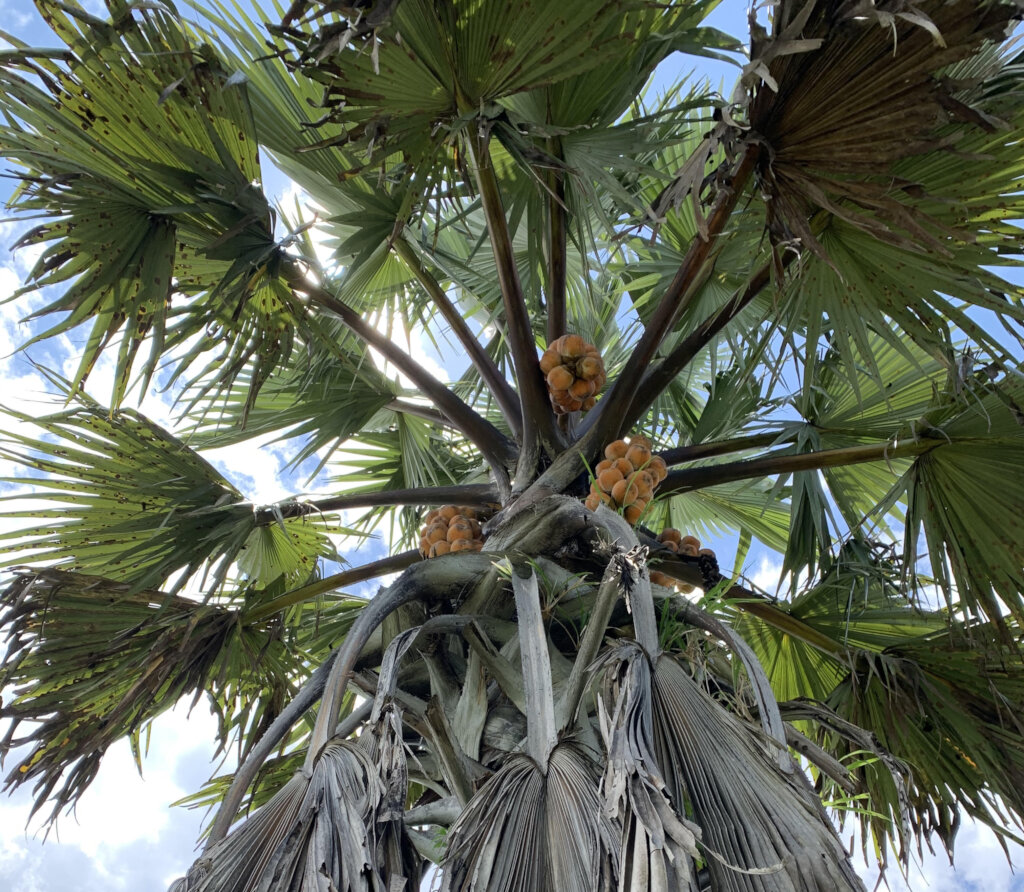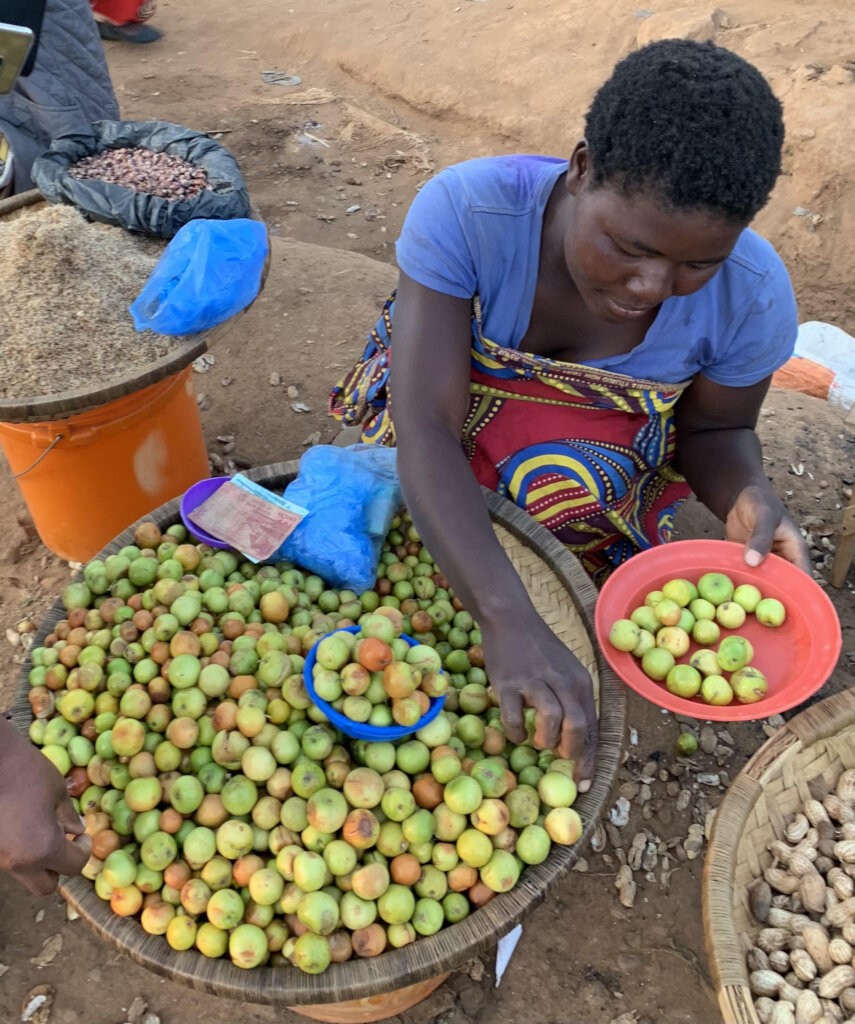By Cathy Watson | Chief of Partnerships
Merry Christmas from World Agroforestry! We wish you a partridge in a pear tree as well as African hornbills and other birds in an array of tropical fruit and food trees!
We would like to thank the 43 of you who have generously donated since we opened our doors in August. So far the donations amount to $3,774. It is a strong beginning.
Many nutrition projects look at biofortification, which the World Health Organization defines as "the practice of deliberately increasing the content of an essential micronutrient, i.e. vitamins and minerals in a food, so as to improve the nutrtional quality of the food supply".
Other nutrition efforts focus on supplementation, delivering the key micronutrients that the body needs to "survive and thrive" via supplements in forms such as pills and tablets. (Nutritional International 2021)
Both have huge merits but our approach is different. We are all about helping families to have a sustainble source of year round nutrition at hand on their farms by growing a diverse portfolio of trees (and annual crops).
"Through a participatory process," says my colleague Dr Stepha McMullin. who heads the project, "we work with communities to customize 'portfolios' of fruits, vegetables, pulses and staple crops that they want and which will meet their nutritional needs. We also consider market demand. Because besides nutrition, they need successful income generation."
Often families had access in the past to more tree species that provide nutrition than they have now. A study in 2009 by Kalaba and other researchers founds that 97% of the rural people in Zambia's Copperbelt collected from indigenous "wild" trees such as Uapaca kirkiana, Anisophyllea boehmii and Parinarri caratellifolia. They ate the fruits or processed them into juice or porridge. They also sold some. But with loss of forest, such trees are beconing less common.
Our project will bring such trees as well as mangoes and other pantropical fruit trees onto farms.
In this project, we will have demonstration sites, nutrition literacy awareness with children, and open days for parents where we will deliver agronomic and nutrition training.
One third of the world's tree species are currently threatened. So this approach simultaneously offers hopes for threatened Southern African trees and the insects and birds that depend upon them. Do read this piece in The Guardian.
https://www.theguardian.com/environment/2021/sep/01/up-to-half-worlds-wild-tree-species-could-risk-extinction
We are proud to be starting this work at this time. In addition to providing nutrition, the trees will be capturing carbon and building a model that can be scaled. Malnutrition has spiked with COVID. According to the United Nations, while "the pandemic's impact has yet to te be mapped fully, around a tenth of the global population - up to 811 million people - are undernourished. It will take a tremendous effort for the world to honor its pledge to end hunger by 2030".
Links:
Project reports on GlobalGiving are posted directly to globalgiving.org by Project Leaders as they are completed, generally every 3-4 months. To protect the integrity of these documents, GlobalGiving does not alter them; therefore you may find some language or formatting issues.
If you donate to this project or have donated to this project, you can receive an email when this project posts a report. You can also subscribe for reports without donating.
Support this important cause by creating a personalized fundraising page.
Start a Fundraiser
